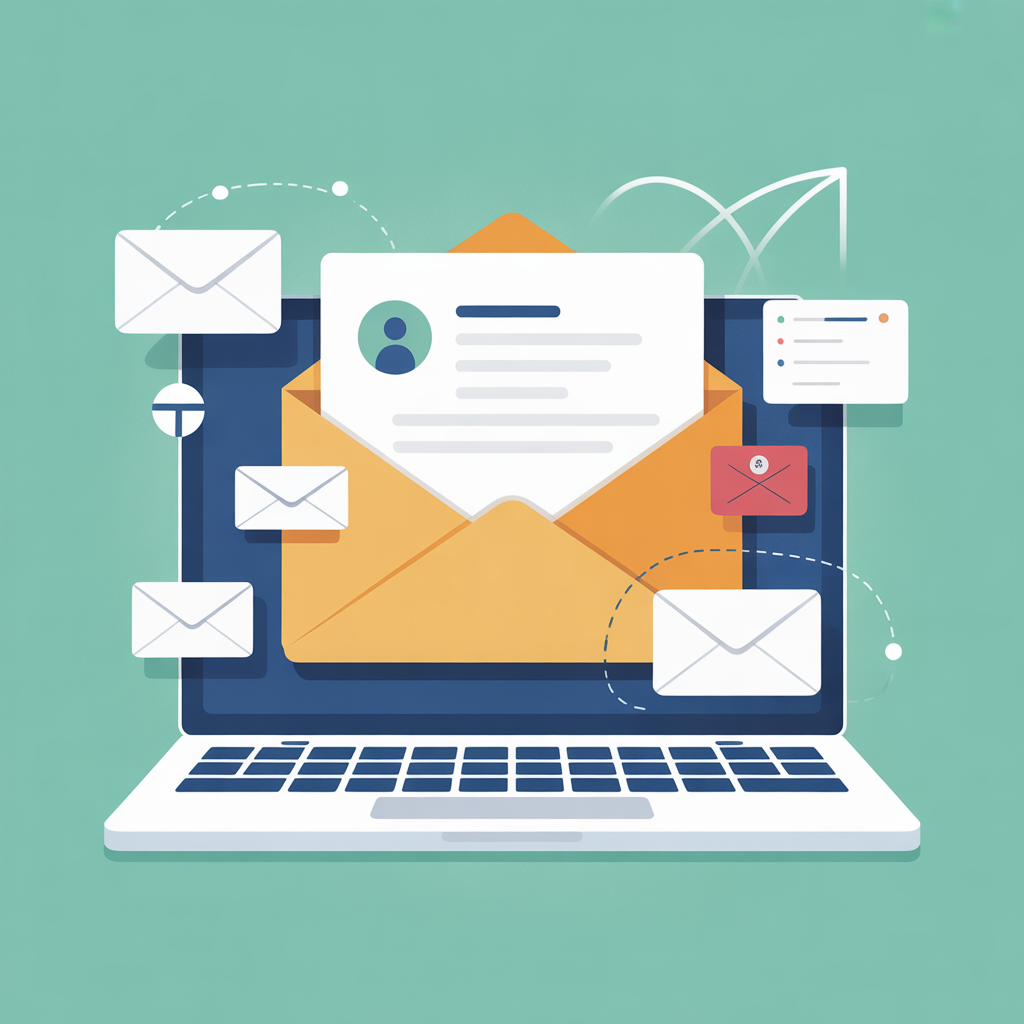In the modern business world, email remains the most trusted channel for professional communication. Whether it’s a sales pitch, client follow-up, or internal coordination, the quality of your email can decide the outcome.
But now, with AI email writing tools becoming mainstream, a question arises:
Should professionals continue writing emails manually, or rely on artificial intelligence to do it faster and smarter?
Let’s explore both sides in depth and discover which method truly benefits you — the modern-day professional.
1. Understanding the Two Approaches
Before comparing, let’s define what each method really means.
Manual Email Writing
This is the traditional, human-driven approach. You plan your message, choose the tone, and craft your email word by word. It reflects your emotions, experience, and understanding of context.
AI Email Writing
AI-based writing tools (like ChatGPT or Jasper) analyze your instructions, tone, and goal, then automatically generate complete emails. They use advanced language models trained on millions of real examples, helping users write professional, grammatically correct messages in seconds.
Both have their strengths — but their effectiveness depends on your purpose and skill level.
2. The Case for Manual Email Writing
Even in the AI era, human-written emails hold undeniable power. Here’s why:
A. Personal Connection and Authenticity
Emails are not just words — they carry tone, intent, and emotion.
When you write manually, your message naturally reflects your personality. Your choice of words, the way you express gratitude, or how you handle sensitive issues feels real.
AI can imitate empathy, but it rarely feels authentic to the recipient.
B. Context and Relationship Awareness
When communicating with long-term clients or team members, you already understand their preferences and habits.
Manual writing allows you to customize every line with that awareness. AI tools, unless trained on your personal style, may sound robotic or detached.
C. Learning and Communication Skills
Writing your own emails strengthens essential soft skills — clarity, structure, and emotional intelligence.
Over time, you learn how to persuade, apologize, or motivate through words — skills that AI can’t replace but only support.
D. Confidentiality and Control
When you write emails yourself, your content stays private.
AI tools, on the other hand, may process data on external servers, which could raise confidentiality concerns — especially in corporate or client-sensitive environments.
In short: manual writing is irreplaceable when communication requires human judgment, creativity, or trust.
3. The Case for AI Email Writing
While manual writing wins on authenticity, AI writing excels in speed, structure, and consistency.
A. Time-Saving Efficiency
Professionals spend an average of 2.5–3 hours daily on emails. AI reduces this drastically.
You can input a few lines — e.g., “write a polite follow-up email to a client who hasn’t responded for 5 days” — and get a professional draft in seconds.
That’s invaluable for managers, marketers, and entrepreneurs juggling multiple tasks.
B. Error-Free and Well-Formatted Content
AI tools come with built-in grammar, tone, and style correction.
They ensure your emails are grammatically flawless, properly punctuated, and easy to read — even if English isn’t your first language.
C. Tone and Language Adjustment
Need a message to sound more formal or friendly?
AI can instantly adjust tone — from polite corporate to casual internal messaging — saving you the effort of rewriting.
D. Personalization at Scale
For businesses sending bulk or follow-up emails, AI tools can personalize content using names, previous interactions, or data inputs — giving the illusion of one-on-one communication.
In short: AI email writing is perfect for volume communication, tight schedules, and when professionalism matters more than emotional depth.
4. Where AI Falls Short
Despite its advantages, AI writing isn’t flawless.
Here are a few areas where it struggles:
- Lack of emotional intelligence: AI can’t sense the subtleties of human emotion or mood shifts in a conversation.
- Generic tone: Some AI-generated emails sound too polished or mechanical, missing natural rhythm.
- Over-dependence risk: Constant use may weaken your writing instincts over time.
- Data privacy concerns: Confidential information could be exposed if shared through unsecured AI tools.
That’s why human review remains critical, even when using AI.
5. When to Choose Manual vs. AI Writing
To decide which method suits your situation, think of your purpose and audience:
| Situation | Recommended Method | Reason |
|---|---|---|
| Sending a sensitive or emotional message (e.g., apology, condolence, appreciation) | Manual | Requires empathy and human warmth |
| Writing bulk outreach or newsletters | AI | Saves time, keeps consistency |
| Responding to daily repetitive inquiries | AI | Reduces workload and fatigue |
| Communicating with a long-term client | Manual | Personal touch builds trust |
| Drafting internal updates or meeting summaries | AI | Fast and efficient |
| Negotiating or closing a deal | Manual | Emotional intelligence and persuasion matter most |
The best professionals combine both methods — using AI for structure and clarity, and human editing for tone and empathy.
6. The Hybrid Approach — The Best of Both Worlds
Smart professionals today aren’t choosing one side — they’re blending both.
This hybrid approach looks like this:
- Use AI to draft: Let the tool create a base version of your message.
- Edit manually: Add personalization, tone adjustments, and emotional context.
- Proofread carefully: Ensure the message sounds human, not automated.
This saves time while preserving authenticity — a win-win strategy for modern communication.
7. The Future of Email Writing
As AI continues to evolve, it will become more conversational, emotionally aware, and secure.
However, human creativity and empathy will always stay relevant.
In fact, future success will belong to professionals who understand how to collaborate with AI — using it as a writing assistant, not a replacement.
8. Final Thoughts
The debate of AI vs. manual email writing isn’t about replacement — it’s about balance.
AI is an incredible productivity booster, while manual writing remains the soul of authentic communication.
The smartest professionals are those who:
- Use AI for speed and structure.
- Use manual editing for heart and meaning.
Whether you choose AI or stick to manual writing, remember:
the goal is clarity, respect, and purpose.
That’s what makes an email effective — not just who or what wrote it.


